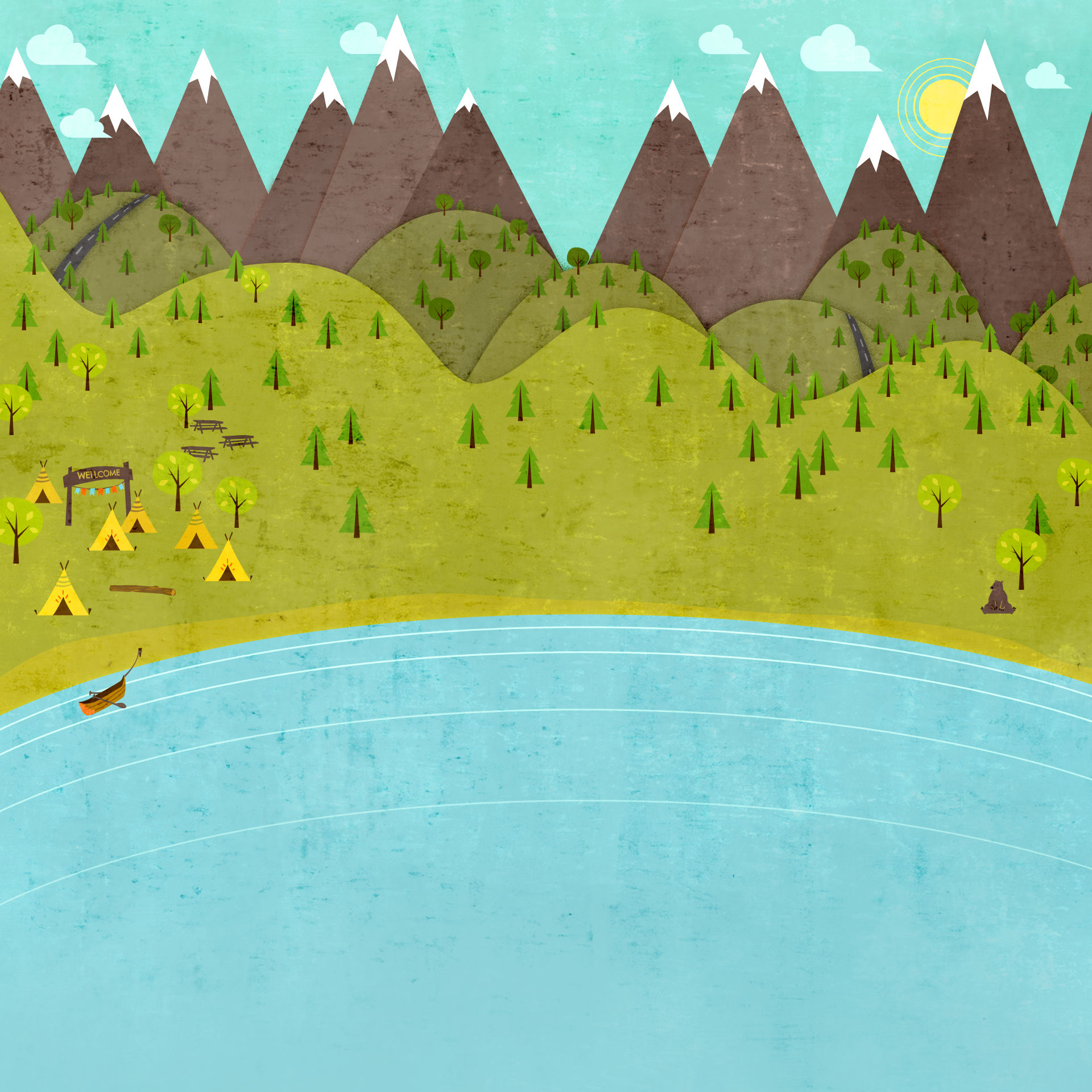
And Grownups too!!
Kids Love Science


Learn about Science

Fun with Science
Enjoy your Backyard, Enjoy the Outdoors
We can all help make sure our planet is clean. You can do little things every day to take good care of our air, water and land. Talk with your parent or other grown-up about ways you can help keep the Earth clean and green.
Recycle! Young children love to help around the house. Let your child help sort the recycling (with your supervision) and explain why it’s good to reduce, reuse and recycle.
Plant a tree. Planting trees is a fun family activity. Trees absorb carbon dioxide and make our air cleaner.
Go for a backyard adventure. Spot the plants and animals hidden in the backyard. Can you see the same in your neighborhood, at the park? in your books?.
Take a walk. On your next family outing, think about whether you can walk, bicycle or take a bus. It’s fun to try different modes of transportation, and it saves gas.
Go outside! The more time children spend outside seeing the plants and animals all around us, the more they will understand just how valuable our planet is. We live in one of the most beautiful states in the nation! Make time to get into nature whenever you can.
Plan a night event in the backyard. Can you spot some of the stars? Do it frequently until you can establish a pattern. Can you see the moon and the sun at the same time? Can you see the moon changing shape? How often does it happen? Can you follow a pattern?
Follow directions when you are at the pool. Follow water safety precautions. Don't run close to the swimming pool. You may slip and fall inside or hurt yourself. Be close to an adult at all times. If you don't know how to swim, don't go into the deeper side of the pool. Make sure you can always stand up.
Can you spot another planet? Just in case you don't know the name of the planets, here is a common nemonic to help you, "My Very Educated Mother Just Served Us Nine Pizzas" will help you remember Mercury, Venus, Earth, Mars, Jupiter, Saturn, Uranus, Neptune, Pluto. The order of the planets here is taken in relation to the sun.
Have you ever heard of "The Little Prince"? He was an early explorer from France that perhaps was dreaming in the future since he moved from planet to planet. Depending on the planet he was at, the days were longer or shorter so he had to make sure to turn the lights on and off.
Our

Friends
Endeavor
NASA's space shuttle fleet began setting records with its first launch on April 12, 1981 and continued to set high marks of achievement and endurance through 30 years of missions. Starting with Columbia and continuing with Challenger, Discovery, Atlantis and Endeavour, the spacecraft has carried people into orbit repeatedly, launched, recovered and repaired satellites, conducted cutting-edge research and built the largest structure in space, the International Space Station. The final space shuttle mission, STS-135, ended July 21, 2011 when Atlantis rolled to a stop at its home port, NASA's Kennedy Space Center in Florida. Here we see the Endeavor donated to California and transported to its new home in September 2012.
Curiosity
Curiosity is a car-sized robotic rover exploring Gale Crater on Mars as part of NASA's Mars Science Laboratory mission (MSL).
Curiosity was launched from Cape Canaveral on November 26, 2011 and successfully landed on Aeolis Palus in Gale Crater on Mars on August 6, 2012. The rover's goals include: investigation of the Martian climate and geology; assessment of whether the selected field site inside Gale Crater has ever offered environmental conditions favorable for microbial life, including investigation of the role of water; and planetary habitability studies in preparation for future human exploration.
Robonaut 2
Though a highly capable robotic system, Robonaut must be able to locomote from one worksite to another in order to perform meaningful tasks. Several mobility options are under consideration as the team enters this new phase of system development.
For a robot, achieving mobility means much more than simply asking Dad for the car keys. Especially in remote environments, the robot must carry certain essential resources on board. These include a power source, a brain, control electronics (avionics), and communication equipment. Squeezing all of these modules into a compact humanoid requires innovations in miniaturization, packaging, energy conservation, and heat dissipation.
In order to take advantage of its mobility, the robot must be able to survive outside the clean, cool, and dry laboratory environment. Materials, motors, and electronic components must all be carefully selected to suit the target application. The choice of mobility platform, itself, is heavily dependent on the physical conditions into which the robot will be deployed. A wheeled robot designed to operate on the surface of Mars, for instance, will be completely ineffectual in the microgravity environment found on orbit.
Centaur 2
As a highly capable robotic system, Robonaut must be able to move from one worksite to another in order to perform meaningful tasks. Several mobility options are currently being tested. For working outside the International Space Station, Robonaut can climb using the existing astronaut hand rails and then attach it’s foot into existing sockets on the Space Station. The foot then locks, freeing up its hands for performing tasks. In most urban environments, the RMP two-wheeled platform allows Robonaut to balance upright, maneuvering through doorways, aisles, and other tight spaces usually reserved for humans. The Centaur four-wheeled platform was designed for rough terrain. Its knobby tires and built in work space allows for exploration, sample gathering, and astronaut assistance. Learn more about the Robonaut 2.






1601 NASA Parkway
Houston, Texas 77058
Houston, Texas
Space Center Houston, the official visitor center of the Johnson Space Center, shares the thrill and wonder of space exploration with visitors from around the corner and around the world. Sample space ice cream and take a look at the gadgets the astronauts use in space.

